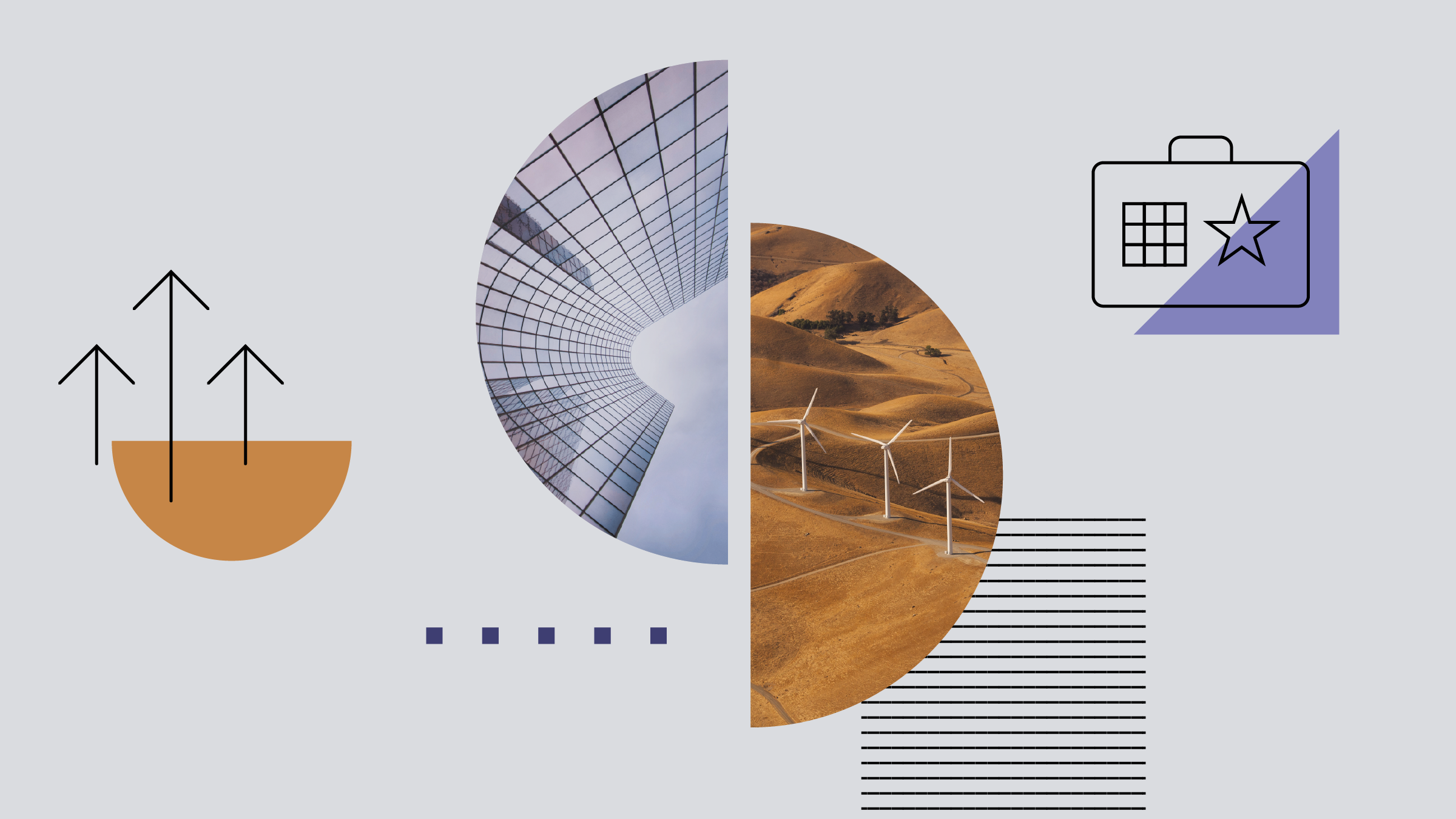Rolle im Portfolio
The db x-trackers MSCI EM LATAM ETF provides broad equity exposure to Latin America. As the index is diversified across countries and sectors, the ETF can be best deployed as part of a core holding in a portfolio. However, it should be noted that the MSCI EM Latin America Index is closely correlated to international stock markets. Over the last three years, the index correlated 74% with the MSCI Europe Index and 89% with the MSCI World Index. Therefore, the use as diversifier is limited but mainly depends on the overall existing portfolio.
Taking a closer look at the index’s underlying geographic exposure, the ETF could also be used as a tactical play on the Brazilian economy, as Brazilian shares represent about 60% of the index’s value.
The ETF is most suitable for investors looking for emerging market exposure as part of their core holdings in a well diversified portfolio. This particular ETF can be considered to complement existing emerging market exposure in Asia and EMEA.
Fundamentale Analyse
The Latin American region has been experiencing rapid growth as countries there have embraced economic reforms and globalisation. Much rests on the health of Brazil, the largest economy in the area and by far the largest weight in the MSCI EM Latin America Index.
A key driver of growth for the Brazilian economy is energy. The country’s wealth of natural resources has made it a substantial beneficiary of the past decade’s trend towards higher commodity prices. A big part of that trend has been the rapid growth of China, with its seemingly insatiable appetite for raw materials, as well as Malthusian concerns about the world running out of non-renewable resources. The concern right now is that with China slowing down and other parts of the world in recession, the demand for raw materials could fall considerably. Further muddying the picture is the rapid pace of natural gas discoveries throughout the world, particularly in the United States. Indeed, Brazil’s growth has slowed considerably. For the second quarter of 2012, its annualised GDP growth rate was just 1.6%, less than that of the United States. The HSBC Brazil Composite Output Index, which measures conditions in both the manufacturing and services sectors of the economy, was 48.6 in August, where a value less than 50 indicates contraction. In August the president Dilma Rousseff announced plans to privatize a portion of the country’s infrastructure, allowing private firms to bid on projects linked to toll roads, railways, ports and airports. This should help rein in a public sector whose wage bill, according to The Economist, more than doubled in nominal terms between 2003 and 2010.
A recent election in Mexico brought the Institutional Revolutionary Party back into power, which ran the country for seven straight decades ending in 2000, during which time it had a reputation for corruption. But any changes as a result of the turnover may be muted, as its leader, Enrique Pena Nieto, failed to secure a majority. Nieto’s term begins in December. Mexico’s economy registered annualised growth of 3.5% in the second quarter. The country’s stock market is dominated by America Movil, S.A.B. de C.V., the telecommunications company run by tycoon Carlos Slim. It represents almost 30% of the MSCI Mexico Index. According to Morningstar equity analysts, the stock is trading at an 8.4% discount to its fair value at the time of this writing.
Chile, Colombia, and Peru make up smaller components of the Latin America index but represent key growth markets in the region. They showed strong recent GDP growth, with annualised rates of 7.1%, 6.7%, and 5.8%, respectively, in the second quarter of 2012. Long-term performance on Latin American stocks, as measured by the local-currency returns on the MSCI EM Latin America, has been extremely strong. Since the start of 1999 the index has produced an annualised return of 18.37%, far exceeding the performance on the S&P 500, the MSCI Europe, or the MSCI World Index, which gained 2.45%, 2.05%, and 2.01%, respectively, over the same period. It suffered sharp losses during the financial crisis, but its peak-to-trough drawdown of 44% was not much worse than that for many of the more developed markets around the world.
Indexkonstruktion
The MSCI Latin America Index is a free float-adjusted market capitalisation weighted index representing equities from Brazil, Chile, Colombia, Mexico, and Peru. The index includes the top 85% of all investible equities from this region, as measured by market capitalisation. This creates an index that provides representation across 5 countries and over 9 sectors. The index is reassessed on a semi-annual basis while quarterly reviewed to ensure accurate reflection of the growing equity market. As of this writing, the index is has a large concentration in Brazilian shares (60% of the index’s value), followed by Mexico (23%), Chile (9%), Columbia (6%) and Peru (3%). On a sector level, financials (22%) is the most heavily weighted, followed by materials (20%) and consumer staples (16%). The biggest single stock exposure is Petrobras (4.5% ordinary shares, and 6.5% preferred shares). Overall, the index is fairly top heavy, with the top 10 holdings representing almost 50% of the index’s value.
Fondskonstruktion
The db x-trackers MSCI EM LATAM ETF uses swap-based replication methods to track the MSCI EM LATAM Index. The fund’s swap counterparty is Deutsche Bank. Instead of holding the actual securities in the index as in a physically replicated ETF, the fund contracts with a swap provider which delivers the return on the index (minus a fee) in exchange for the return on the fund’s collateral basket. The collateral backing the swap is held by third-party custodian State Street, which also monitors the counterparty exposure for each db x-trackers ETF. The collateral basket consists of shares of European, American and Asian blue chip companies. In the event of counterparty default, there is a risk that the liquidator or administrator may freeze the collateral basket, forcing fund holders to wait to reclaim their assets. Collateral levels are initially set at 105-120% of the fund's NAV, one of the highest levels in the industry. UCITS stipulates that derivative instruments from any single counterparty cannot represent more than 10% of the fund's net asset value (NAV), but in practice, the fund effectively retains zero counterparty exposure given the aforementioned level of over-collateralisation. db x-trackers does not engage in securities lending. The ETF does not distribute dividends to investors.
Gebühren
The fund levies a total expense ratio of 0.65%. This falls in the middle of the range for ETFs tracking Latin American equities. Other costs potentially borne by the shareholder but not included in the total expense ratio include bid-ask spreads, brokerage fees and swap fees.
Alternativen
As of writing, there are a few providers offering ETFs tracking Latin American equities. In all cases the underlying index is the MSCI EM Latin America. The main differences between these funds are their relative costs and treatment of dividends. iShares’ ETF levies a TER of 0.74%, and distributes dividends. It is the second largest ETF behind the db x-trackers in terms of total asset under management.
Another alternative to this ETF would be those ETFs tracking purely Brazilian benchmarks—as Brazilian equities represent about 60% of the MSCI EM Latin America Index. By far the largest ETFs in terms of asset under management are the iShares MSCI Brazil and the Lyxor ETF Brazil (Ibovespa).
The iShares uses physical replication in order to achieve its goal, levies a total expense ratio of 0.74% and distributes dividends. Lyxor uses synthetic replication to track the performance of its reference index, levies a total expense ratio of 0.65% and also distributes dividends.

















